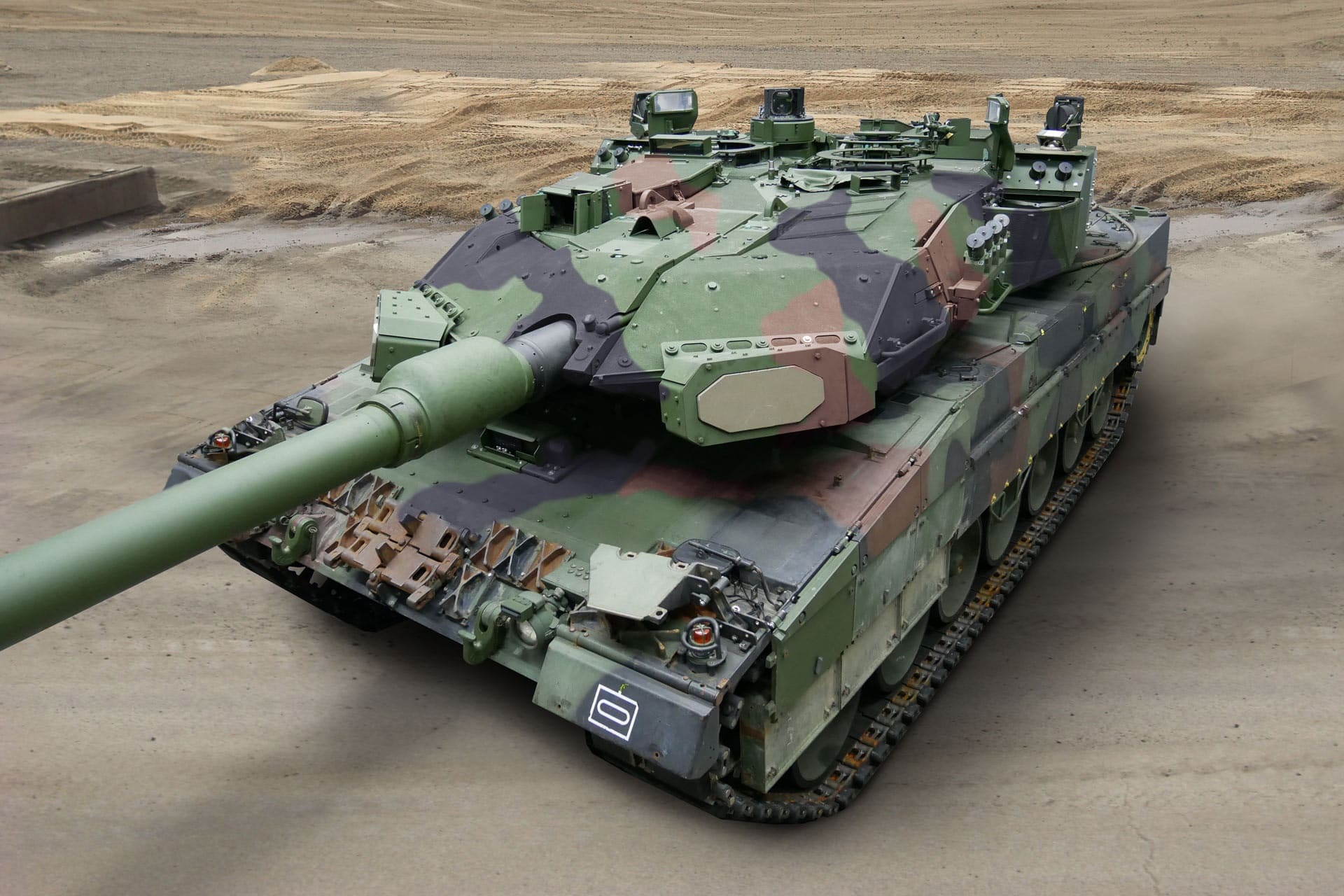Russian forces are putting up a skillful resistance against the Ukrainian counteroffensive.
For the past few days, the Ukrainian military has tried to break through the Russian defenses in the southern part of the Donbas and Zaporizhzhia.
Moscow on Defensive in Ukraine
The Ukrainian counteroffensive continues along several axes of advance in the southwestern part of the Donbas and the Zaporizhzhia Oblast, further in the south.
Thus far, the Russian military is putting up a credible defense and has allowed the Ukrainians to achieve a breakthrough.
Russian units are relying on an in-depth defense with mutually supporting points to repel the Ukrainian attacks. Through a combination of drones, extensive minefields, strong points, and mobile reserves, the Russian military is holding on for the time being. The Russian minefields have been particularly effective in slowing down or stopping Ukrainian mechanized assaults.
The Russian military’s performance over the past few days is salvaging some of its prestige. For close to 17 months, the Russian military has tried and failed in Ukraine. It hasn’t achieved any of its major objectives and lost hundreds of thousands of troops in the process. However, its defense thus far against the Ukrainian counteroffensive shows a Russian military that can follow a sound defensive strategy. Whether that is enough to stop the hungry Ukrainians remains to be seen over the next days and weeks of fighting.
However, the Ukrainian military still holds some advantages.
Using their Western-provided night vision sensors, the Ukrainian forces are able to attack during the night. This capability has the potential to be critical later down in the counteroffensive.
“Ukrainian forces are currently attempting an extraordinarily difficult tactical operation – a frontal assault against prepared defensive positions, further complicated by a lack of air superiority – and these initial assaults should not be extrapolated to predict all Ukrainian operations,” the Institute of the Study of War assessed in its latest operational update on the war.
Russian Casualties in Ukraine
The fighting on the ground continues, and with it, Moscow’s casualties. Kyiv’s counteroffensive has been extremely costly for the Russian forces on the ground.
On day 472 of the Russian invasion of Ukraine, the Russian military, Wagner Group private military company, and pro-Russian separatist forces lost almost 1,000 men killed, wounded, or captured. In the past week of fighting, the Kremlin has lost close to 6,000 troops.
Overall, the Ukrainian Ministry of Defense claimed that as of Sunday, Ukrainian forces have killed and wounded approximately 215,640 Russian troops.
Equipment destroyed includes: 314 fighter, attack, bomber, and transport jets, 299 attack and transport helicopters, 3,926 tanks, 3,736 artillery pieces, 7,631 armored personnel carriers and infantry fighting vehicles, 601 Multiple Launch Rocket Systems (MLRS), 18 boats and cutters, 6,461 vehicles and fuel tanks, 362 anti-aircraft batteries, 3,300 tactical unmanned aerial systems, 509 special equipment platforms, such as bridging vehicles, and four mobile Iskander ballistic missile systems, and 1,183 cruise missiles shot down by the Ukrainian air defenses.
The Russian military is in a race for time. It can’t sustain this rate of casualties over the long term and continue to present a viable offensive threat. Defense is easier and cheaper than offense. But the Kremlin won’t win the war by sitting back on the defensive in Ukraine.
A 19FortyFive Defense and National Security Columnist, Stavros Atlamazoglou is a seasoned defense journalist specializing in special operations, a Hellenic Army veteran (national service with the 575th Marine Battalion and Army HQ), and a Johns Hopkins University graduate. His work has been featured in Business Insider, Sandboxx, and SOFREP.
From 19FortyFive
Ukraine Footage Shows U.S. M982 ‘Excalibur’ Cut Through Russian Artillery
How To Sink A $3 Billion Dollar Submarine: Leave A Hatch Open
Smashed To Pieces: Video Shows Ukraine Hitting Russian Air Defenses

